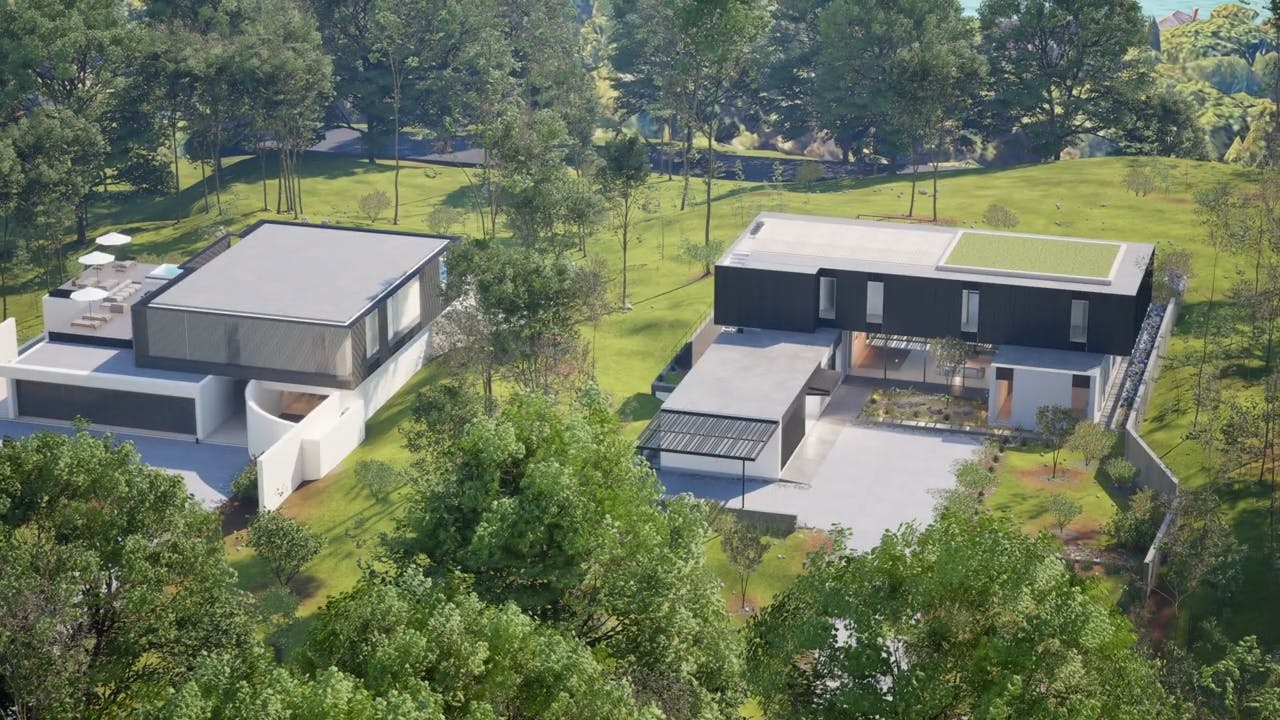
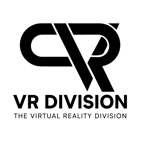
AEC TRAINING PATH
Yahiya Jassem, VR Division
VR Division will create an open training pathway aimed at AEC professionals looking to bring their projects into full 3D geospatial context leveraging Unreal Engine and Cesium. This open training path will take professionals through a real-world scenario where they will develop a virtual city model with detailed geospatial data and interactive elements. Participants will: 1. Apply 3D geospatial data to create a contextual environment. 2. Develop interactive 3D applications with real-time data updates. 3. Optimize projects for performance and visual quality. VR Division is an Unreal Authorized Training Partner focused on helping architects, designers, and property developers better showcase their work through interactive digital solutions.


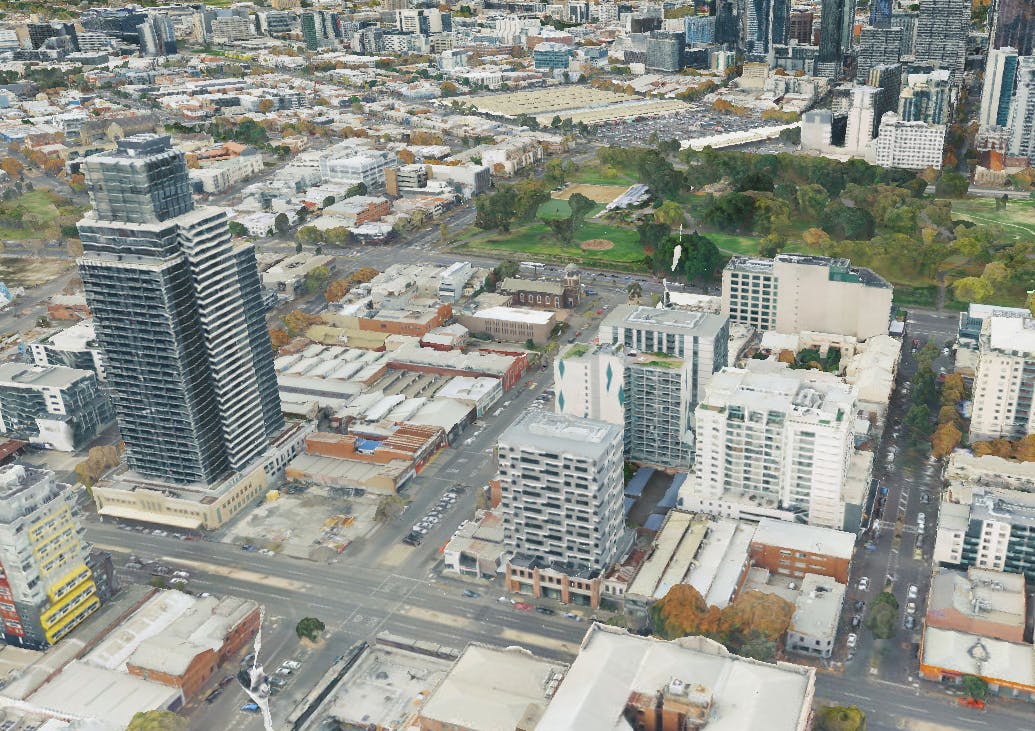



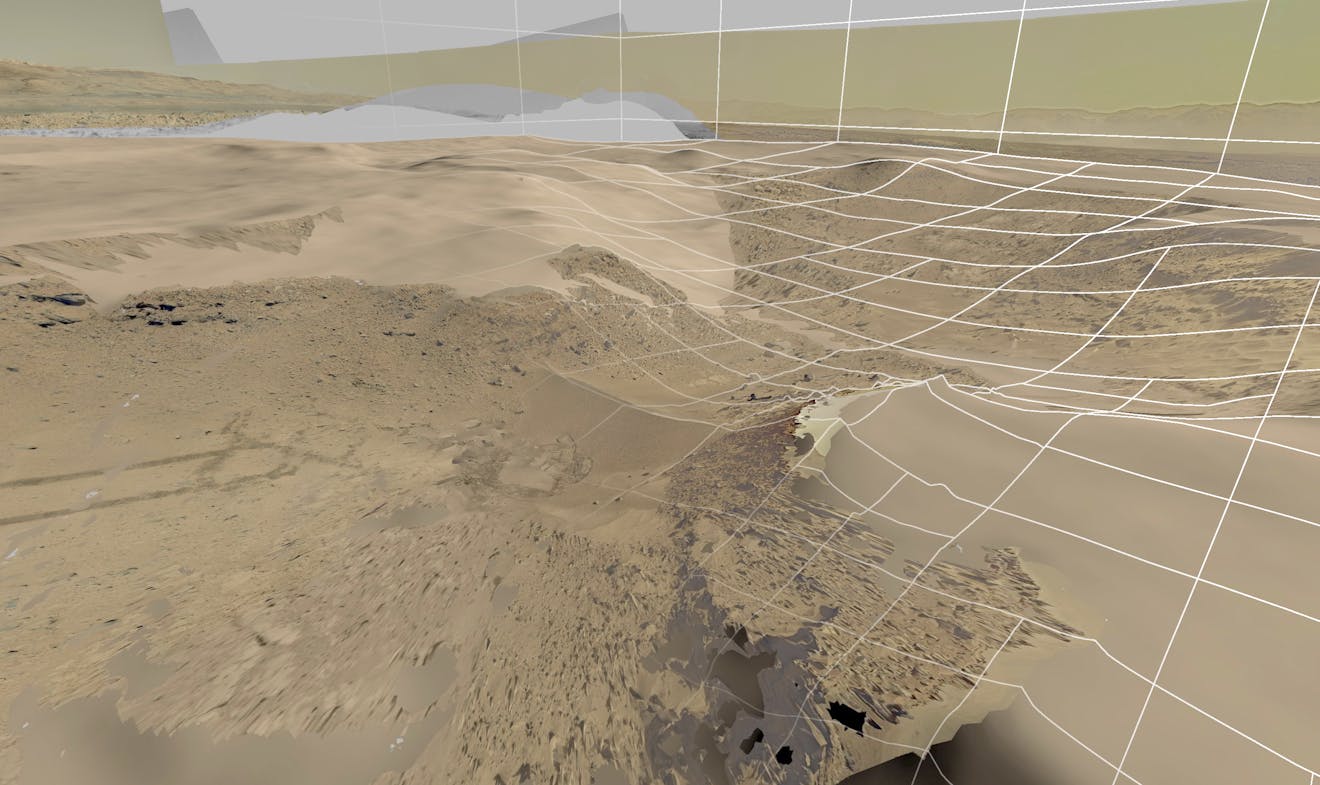
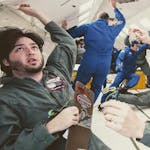
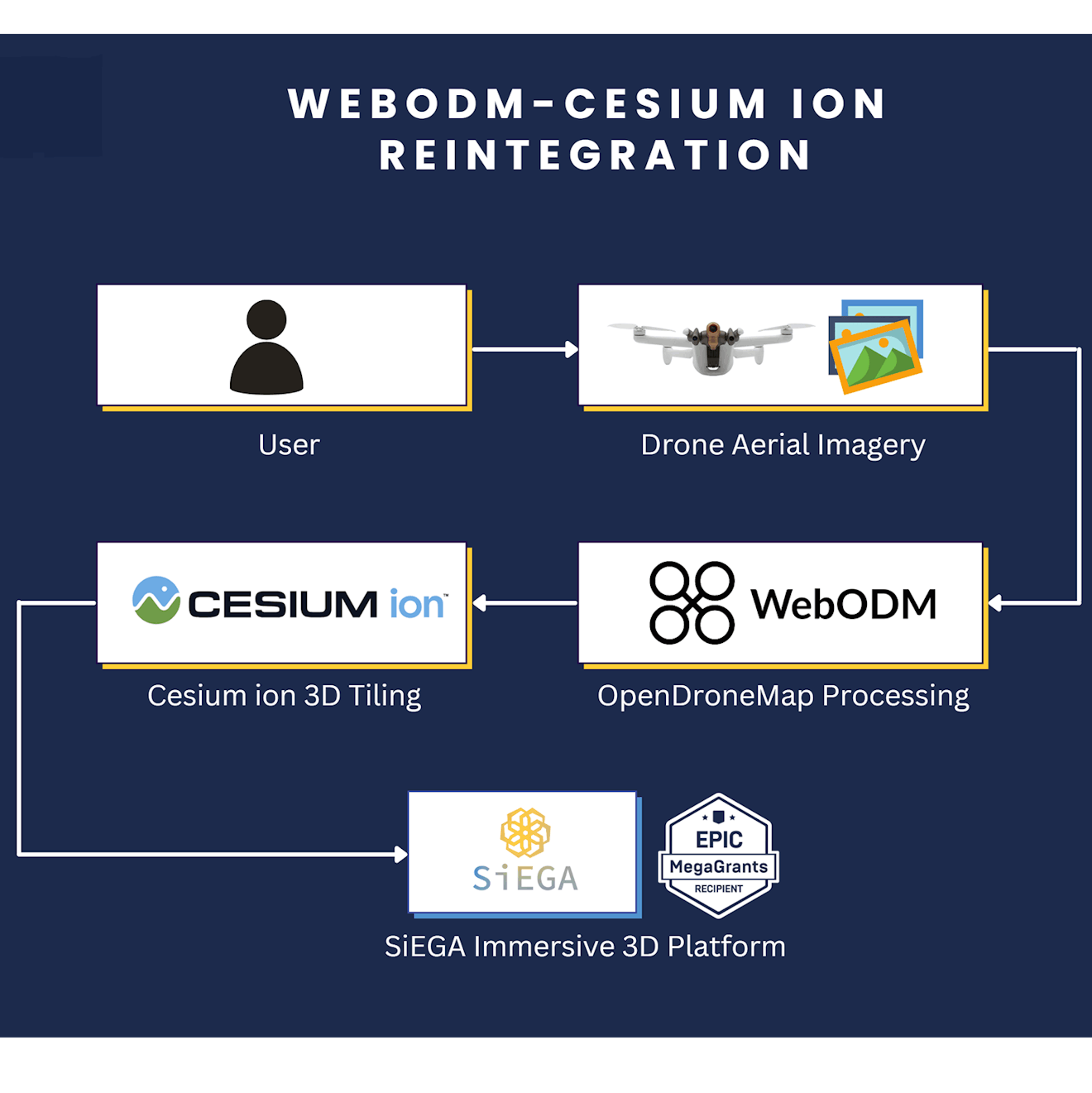


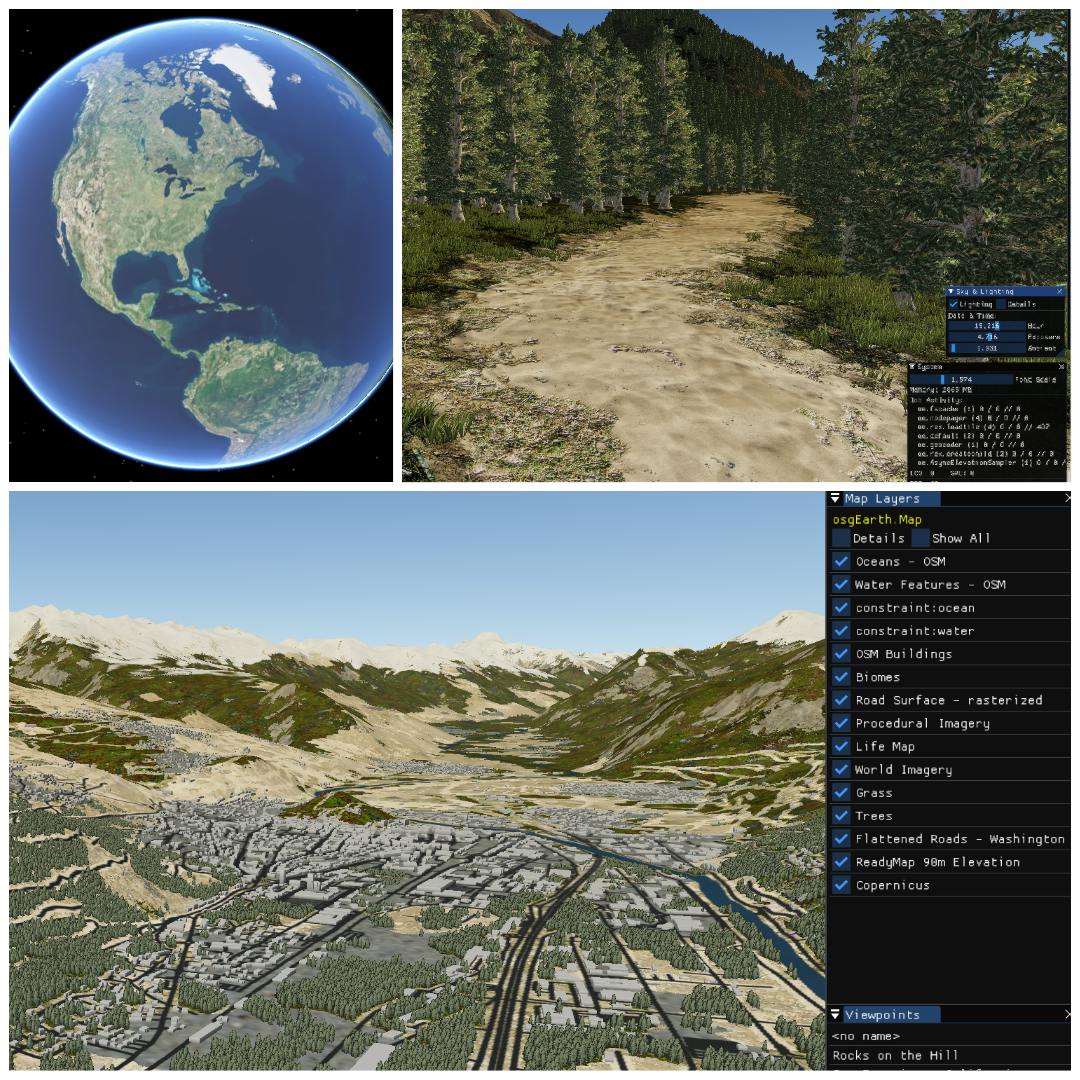



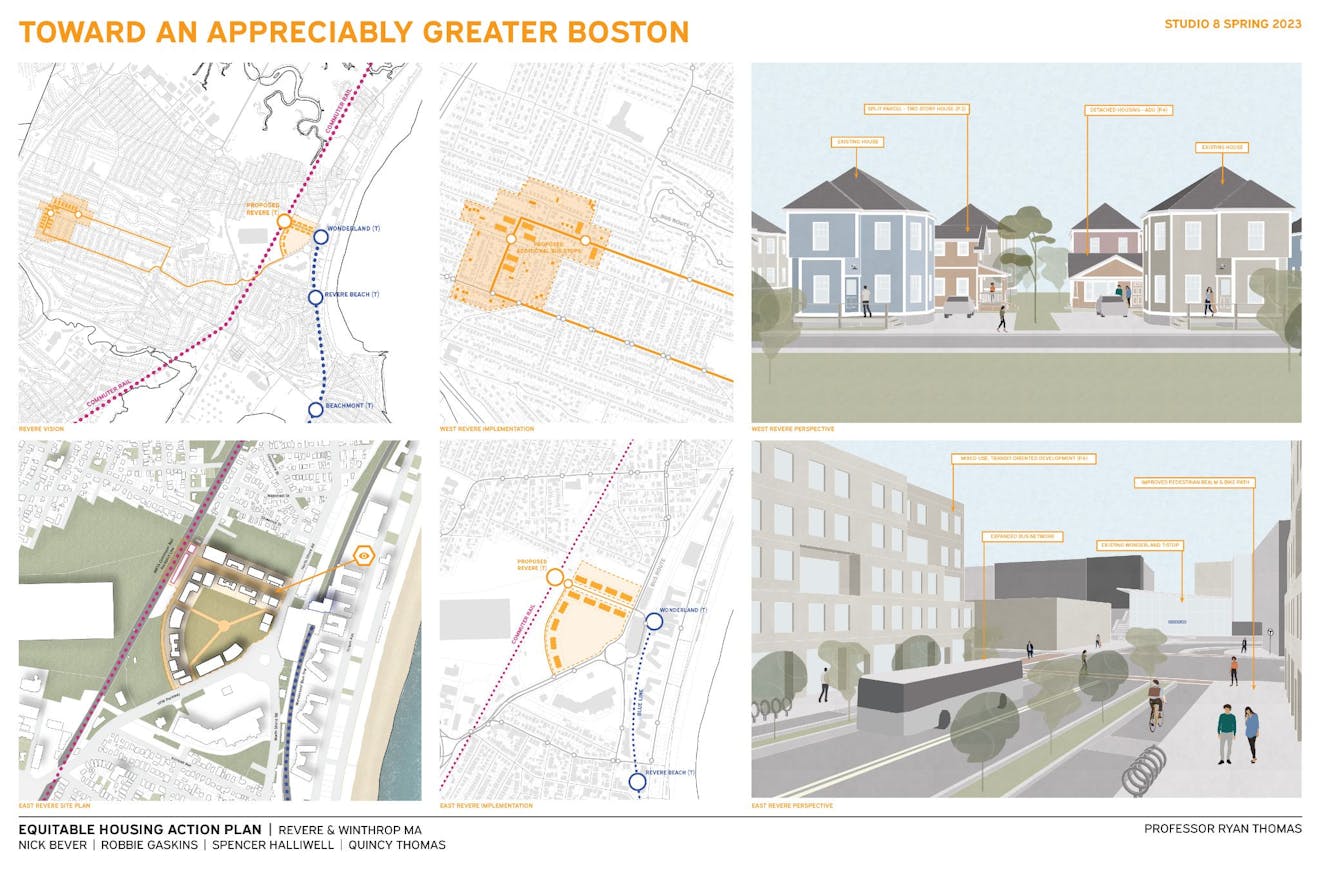


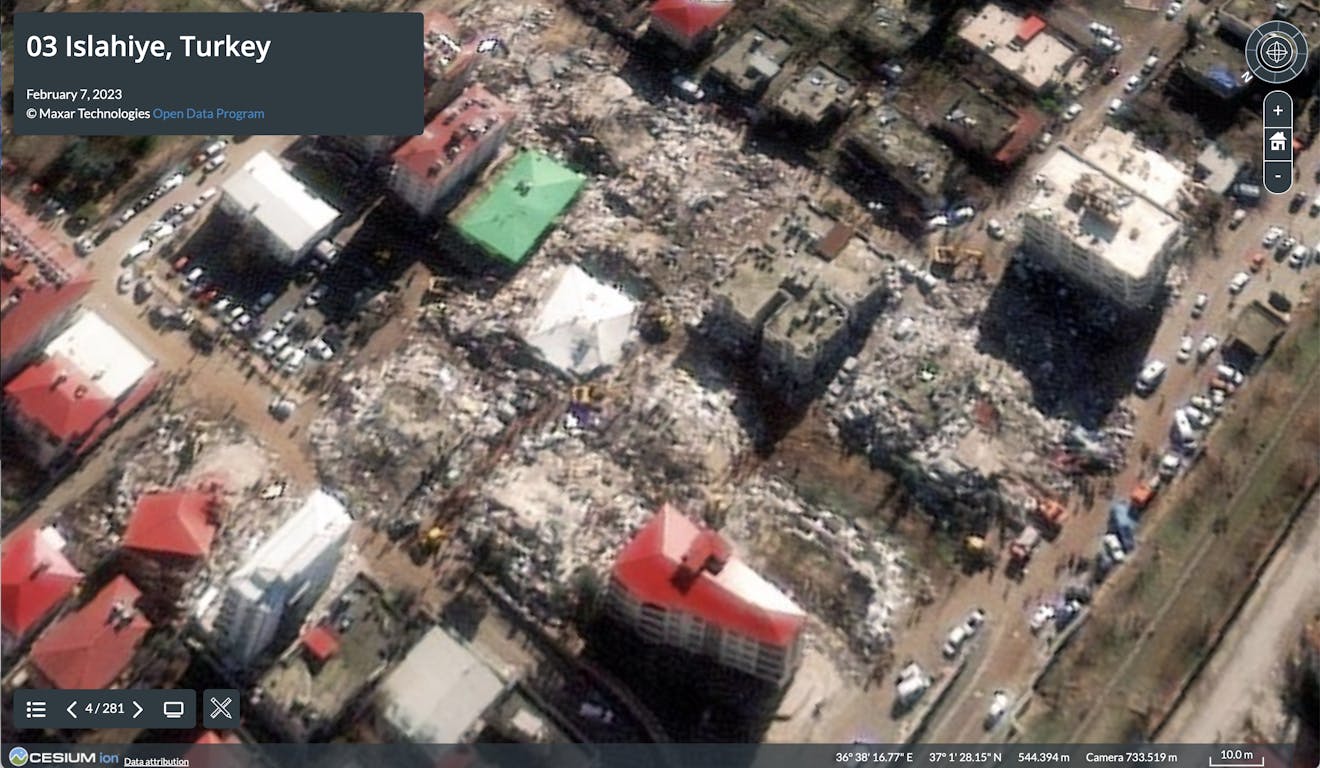

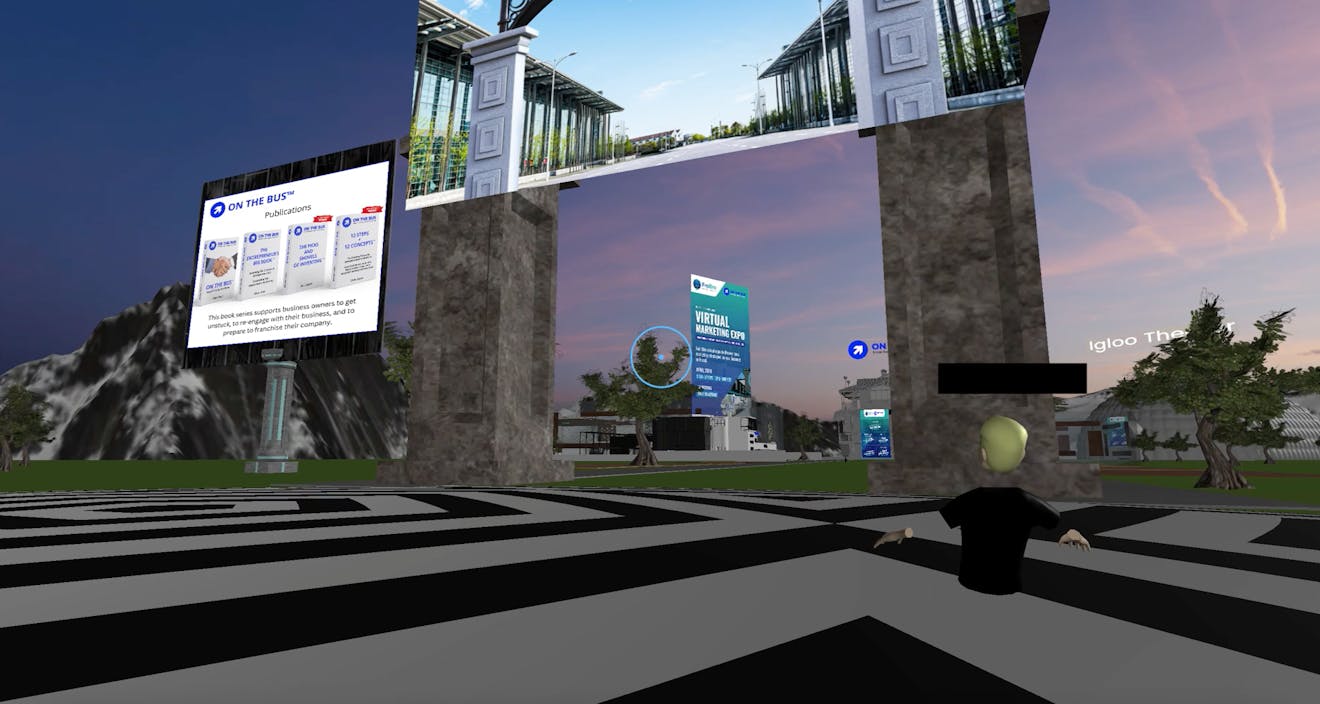
.jpg?auto=compress%2Cformat&ar=1&crop=faces%2Ccenter&w=150)

